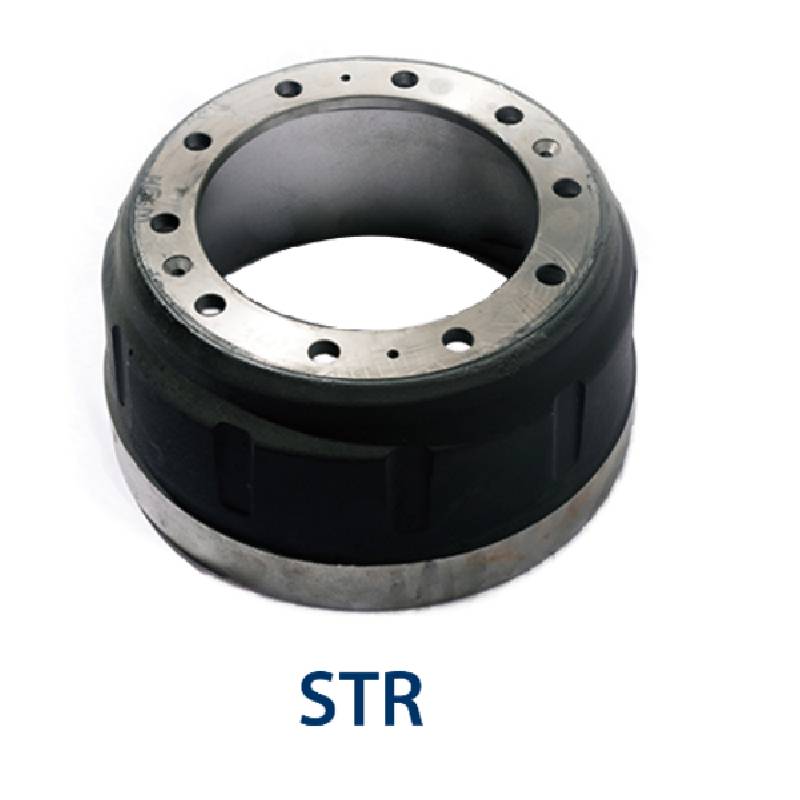9 月 . 29, 2024 02:04 Back to list
Understanding the Effects and Solutions for Warped Brake Drums in Vehicles
Understanding Warped Brake Drums Causes, Symptoms, and Solutions
When it comes to vehicle safety, brakes play a critical role in ensuring that drivers can stop effectively and avoid accidents. One common issue that can affect brake performance is a warped brake drum. Understanding the causes, symptoms, and solutions related to warped brake drums is essential for any vehicle owner.
What is a Brake Drum?
A brake drum is a crucial component of a vehicle's braking system, typically found in drum brake setups. It is a round, hollow cylinder that spins with the wheel. When the driver presses the brake pedal, brake shoes press against the inner surface of the drum, creating friction that slows down the vehicle.
Causes of Warped Brake Drums
Brake drums can warp for a variety of reasons. One of the primary causes is excessive heat. When brakes are used frequently or heavily—such as during steep descents or aggressive driving—friction generates significant heat. If the heat doesn't dissipate properly, the brake drum can begin to warp over time.
Another factor contributing to warping is improper installation or maintenance. If a brake drum is not correctly aligned or is unevenly worn, it can lead to stress and warping during normal operation. Additionally, using incompatible parts or low-quality materials can accelerate wear and warping.
Symptoms of Warped Brake Drums
warped brake drum

Recognizing the symptoms of warped brake drums is vital for timely intervention. The most noticeable sign is vibration or pulsation when the brakes are applied. This sensation occurs because the warped drum causes uneven contact between the brake shoes and the drum surface.
Another symptom is an increase in stopping distance. If the vehicle does not stop as quickly as it used to, this could indicate a problem with the brake drum. Additionally, unusual noises such as grinding or squealing may arise, signaling that the brake components may be malfunctioning.
Solutions for Warped Brake Drums
Addressing warped brake drums promptly can prevent further damage and ensure safe vehicle operation. The first step is to have a professional mechanics inspect the brake system. If a warp is confirmed, a few options are available.
One solution is to machine the brake drum. This process involves shaving off a thin layer of the drum to create a smooth surface, which can restore its functionality. However, this is only possible if the drum has not worn beyond the manufacturer’s specifications.
If the warping is severe, replacing the brake drum may be necessary. Installing new drums, along with potentially new brake shoes, can restore the braking system to optimal condition. Regular maintenance, including checking the brake hardware and ensuring everything is aligned, can help prolong the brake system's life and prevent issues like warping.
Conclusion
Warped brake drums can compromise vehicle safety, but understanding their causes, recognizing symptoms, and implementing timely solutions can mitigate the risks. Regular vehicle maintenance and cautious driving habits are essential in maintaining a healthy brake system, allowing drivers to confidently navigate the road. Always consult with a professional mechanic at the first sign of brake issues to ensure safety for you and your passengers.
-
Brake Drum for Kamaz Trucks Durable OEM Replacement & High Performance
NewsMay.30,2025
-
Brake Drum Man High-Quality Drum Brake & Shoe Solutions
NewsMay.30,2025
-
High-Performance Brake Drum for Kamaz Trucks Durable Drum Brake Components
NewsMay.29,2025
-
Brake Drum Man High-Quality Drum Brake Drums & Brake Shoes
NewsMay.29,2025
-
Brake Drum MAZ High-Performance & Durable Replacement Parts
NewsMay.29,2025
-
heavy truck brake drums
NewsMar.07,2025
